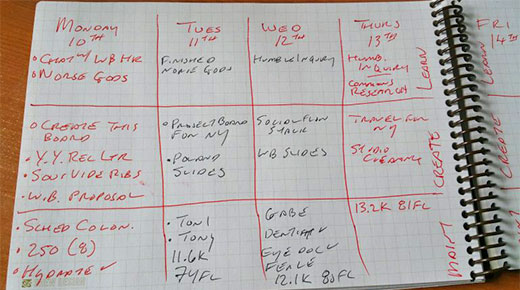There are those days where your personal kanban is on fire. You’re in a state of flow and tickets are just moving right along. The days go by and you look at your “done” column… it’s full. Really, really full.
|
ADVERTISEMENT |
The “done” tickets seem to swim. There are so many of them! You’ve been productive, but what might all that work actually mean?
A few weeks ago, I started a side experiment. By hand, each day, I wanted to see what the actual impact of my work was… on me.
What was I getting from the work I was doing? What was I learning? How was I making sure I was becoming healthier?
Was I stuck in the productivity trap and not growing… not being truly effective?

Image 1: Tracking learning, creating, and health
Each day I gathered my inputs, outputs, and maintenance, which is an overly technical way of saying:
• What did I learn today?
• What did I create today?
• What did I do to make sure I stayed healthy?
…

Add new comment